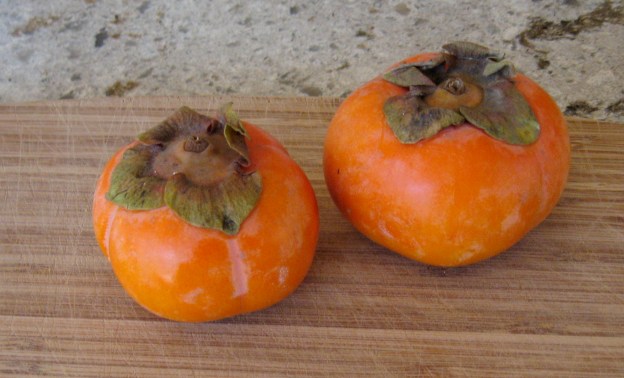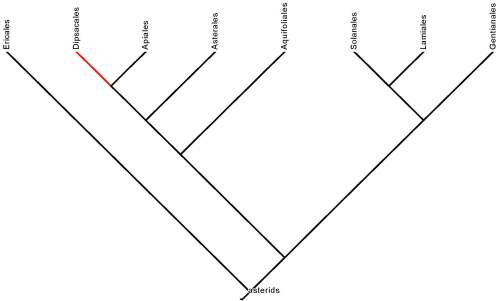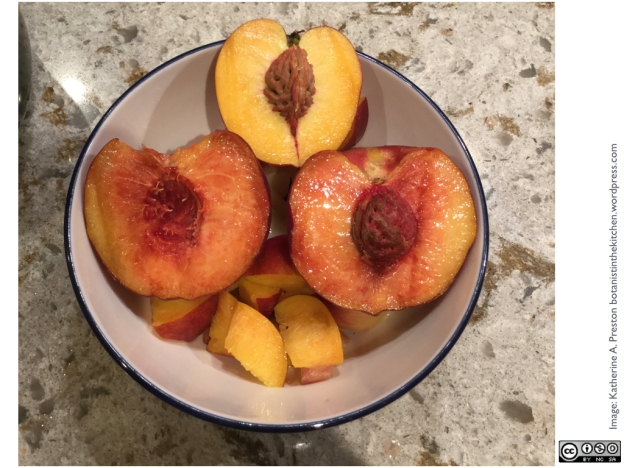Nostalgia emanates from a basket of pears, inspiring Katherine to explain what makes up these glorious, gritty, and gorgeous late-summer fruits.
Last week a dear friend conjured an entire autumn for me when she handed me one of her pears. She had picked it a few days prior from one of the small espaliered trees that guard the outside of her bedroom wall and overlook her garden. It was pale buttery gold with a pink blush, soft and honey-flavored. A month past the solstice, we were still able to enjoy the low sun well into early evening as we sat on her deck and gazed over the garden, savoring the fruit.
Bartlett pears, like my friend’s, ripen in the summer and yet they herald the fall. They appear, and we start the inevitable tumble towards apples, wool socks, and the bittersweet baseball postseason. Other popular varieties, such as Bosc and d’Anjou, tend to arrive later, when we have already come to terms with shorter cooler days.
I love apples, but they are not as emotion-laden for me. Whereas apples seem timeless, even summer pears carry an old fashioned patina. They evoke a time when canning was a skill necessitated by the Depression, but which still made a lot of good sense. My grandmother must have spent a thousand hours canning the soft sweet pears from her trees.
Pears also know how to age right. Apples are harvested ripe from the tree, but pears should be taken when they have reached their full size and before they are ripe. My friend always picks her pears before the squirrels can mark them with bite-sized divots, a practice that also happens to keep them from becoming mealy on the tree. She sent me home that day with a bag of firm green Bartletts and instructions to hold them in a bag in my kitchen for a couple of days. Summer varieties don’t require chilling, but d’Anjou and Comice pears benefit from a month of nearly freezing temperatures, followed by ripening at room temperature (Stebbins et al). The proper aging of pears is all about managing the activity of enzymes that alter various compounds and break down cell walls. Such treatment would ruin high-maintenance peaches, which are horrified by the thought of getting old and don’t take well to chilling. Continue reading →














